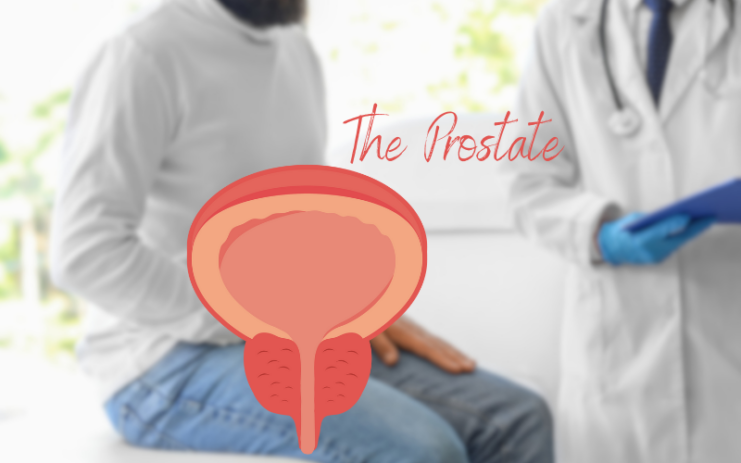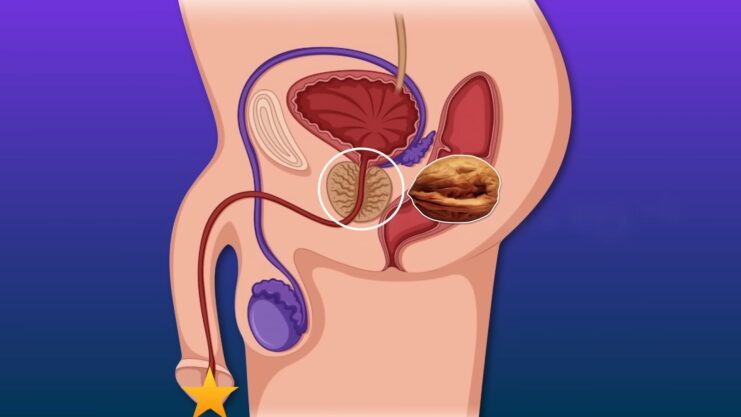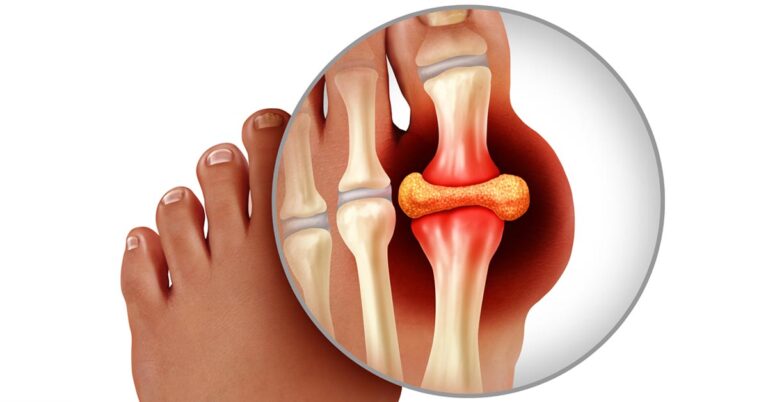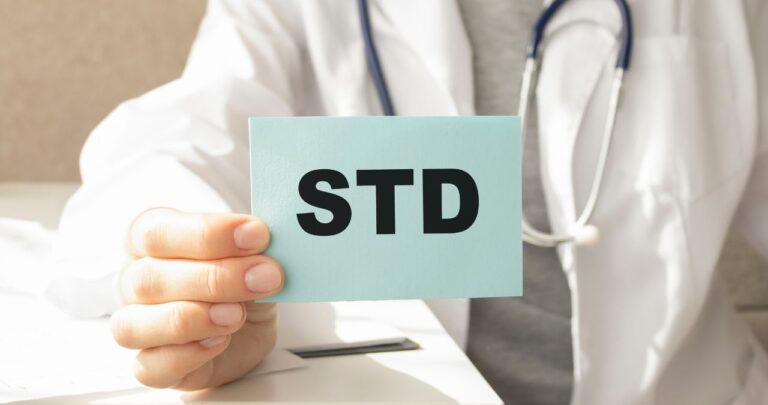Prostate enlargement, medically known as Benign Prostatic Hyperplasia (BPH), is a condition that affects a significant number of men as they age. While the term might sound intimidating, understanding BPH is crucial for every man. This article aims to shed light on this common condition, breaking down its complexities into easily digestible insights.
The Prostate: A Vital Organ

What Does the Prostate Do?
The prostate is a small gland located below the bladder in men. Its primary function is to produce a fluid that nourishes and protects sperm. This fluid, when mixed with sperm from the testicles and fluids from other glands, forms semen.
- Alkaline Secretion: The prostate secretes an alkaline fluid, which makes up a significant portion of the semen. This alkalinity counteracts the natural acidity of the vaginal environment, ensuring the survival and mobility of sperm, thus facilitating fertilization.
The Importance of the Prostate
While the prostate might be small in size, its role in male reproductive health is paramount. It not only aids in the production of seminal fluid but also acts as a conduit for urine to pass out of the body.
- Urethra’s Pathway: The urethra, which carries urine from the bladder out through the penis, runs through the center of the prostate. Any enlargement or inflammation of the prostate can impact the flow of urine, leading to various symptoms.
Unraveling BPH: What Is It?
https://www.youtube.com/watch?v=LVwqYjsfNSU
Defining BPH
Benign Prostatic Hyperplasia, commonly known as BPH, refers to the non-cancerous enlargement of the prostate gland. As men age, it’s almost inevitable that they will experience some degree of prostate enlargement.
- Prevalence: By the age of 60, about 50% of men will show signs and symptoms of BPH. This number dramatically increases to 95% by the age of 85.
- Not Cancerous: It’s essential to understand that BPH is not prostate cancer, nor does it increase the risk of cancer. However, the symptoms can be similar, which is why medical evaluation is crucial.
How BPH Affects the Urinary System
The enlargement of the prostate due to BPH can compress the urethra, leading to what is known as bladder outlet obstruction. This obstruction can result in a range of lower urinary tract symptoms.
- Potential Complications: If left untreated, bladder outlet obstruction can lead to urinary retention, impaired kidney function, recurrent urinary infections, and even the formation of kidney stones.
Diagnosing BPH: What to Expect

Initial Diagnosis
Typically, a combination of medical history review and physical examination is sufficient to diagnose BPH. During the evaluation, doctors look for classical symptoms and may conduct a rectal examination to assess the prostate’s size.
- Symptoms: Some of the hallmark symptoms of BPH include difficulty starting urination, weak urine stream, and frequent urination, especially at night.
- Rectal Examination: This examination allows the doctor to feel the prostate’s size and check for any abnormalities.
Advanced Diagnostic Tools
If there’s uncertainty in the diagnosis or if the doctor wants a clearer picture of the prostate, additional tests might be recommended.
- Transrectal Ultrasound: This procedure involves inserting a small ultrasound probe into the rectum, providing a clear image of the prostate’s size and shape.
- Biopsy: In some cases, a biopsy might be taken to rule out cancer. This involves extracting a small tissue sample from the prostate and examining it under a microscope.
Recognizing the Symptoms of BPH

Common Symptoms of BPH
BPH can manifest in various ways, affecting the urinary system predominantly. Recognizing these symptoms early can lead to timely diagnosis and effective management.
- Incomplete Emptying: A sensation that the bladder isn’t entirely empty even after urinating.
- Increased Frequency: Feeling the need to urinate more often than usual, especially during the night.
- Intermittency: The urine stream starts and stops multiple times during urination.
- Urgency: A sudden, intense urge to urinate, making it hard to delay.
- Weak Stream: The flow of urine is slower and less forceful than usual.
- Straining: Needing to exert extra effort to start the flow of urine.
Severity with IPSS
The International Prostate Symptom Score (IPSS) is a tool used to evaluate the severity of BPH symptoms. It’s a questionnaire that helps doctors and patients understand the impact of BPH on daily life.
- Scoring System: The IPSS consists of several questions related to urinary symptoms. Each answer is scored, and the total provides an indication of the BPH’s severity.
- Guided Treatment: Based on the IPSS score, doctors can recommend the most suitable treatment options, ranging from lifestyle changes to medications or surgery.
Treatment Options for BPH
Watchful Waiting
For those with mild symptoms that aren’t too bothersome, a “watchful waiting” approach might be recommended. This involves regular monitoring without immediate treatment.
- Regular Check-ups: Patients are advised to have routine check-ups to ensure the condition doesn’t worsen.
- Lifestyle Changes: Simple changes like reducing fluid intake before bedtime or avoiding caffeine can help manage mild symptoms.
Medications for BPH
Several medications can help alleviate the symptoms of BPH. The choice of drug depends on the severity of the symptoms and the patient’s overall health.
- Alpha 1 Receptor Blockers: Medications like Tamsulosin (Flomax) relax the muscles in the prostate and bladder, improving urine flow.
- PDE5 Inhibitors: Drugs like Tadalafil (Cialis) have been approved for BPH treatment, especially when accompanied by erectile dysfunction.
- 5-alpha Reductase Inhibitors: These reduce the hormone responsible for prostate growth, leading to a decrease in prostate size. Finasteride (Proscar) is a common example.
- Natural Remedies: Some natural treatments, like Saw Palmetto, have shown promise in relieving BPH symptoms with minimal side effects.
Surgical Interventions for BPH

When is Surgery Needed?
Surgery is considered for those with severe symptoms that don’t respond to medications or for those who develop complications like bladder stones or recurrent urinary tract infections.
- Evaluating the Need: Before opting for surgery, doctors assess the prostate’s size, the patient’s age, and overall health.
- Potential Benefits: Surgery can provide long-term relief from symptoms and prevent complications.
Common Surgical Procedures
There are several surgical options available, each with its own set of advantages and potential risks.
- TURP (Transurethral Resection of the Prostate): This is the most common surgery for BPH. It involves removing a portion of the prostate to relieve pressure on the urethra.
- Laser Surgery: High-energy lasers are used to destroy or remove overgrown prostate tissue.
- Prostatectomy: In severe cases, where the prostate is significantly enlarged, open surgery might be required to remove a part of the prostate.
FAQ
1. Is BPH the same as prostate cancer?
No, BPH is a benign (non-cancerous) enlargement of the prostate gland. While some symptoms might overlap with prostate cancer, they are distinct conditions.
2. Can diet and lifestyle affect BPH?
Yes, a diet high in fruits and vegetables and low in fats and red meat can potentially reduce the risk of BPH. Regular exercise and maintaining a healthy weight can also be beneficial.
3. Are there any complications if BPH is left untreated?
Untreated BPH can lead to urinary tract infections, bladder stones, and kidney damage in severe cases.
4. Can younger men develop BPH?
While BPH is more common in older men, it’s possible for younger men, especially those in their 40s and 50s, to develop symptoms.
5. Is BPH hereditary?
There’s some evidence to suggest that BPH can run in families. If your father or brother has BPH, you might be at a higher risk.
6. Can BPH be prevented?
While you can’t prevent BPH, leading a healthy lifestyle, regular check-ups, and early detection can help manage the condition effectively.
7. Are there any side effects to BPH medications?
Yes, like all medications, BPH drugs can have side effects. Common ones include dizziness, fatigue, and sexual dysfunction. It’s essential to discuss potential side effects with your doctor.
Final Words
Benign Prostatic Hyperplasia, or BPH, is a condition that many men will face as they age. While it might seem daunting, understanding the condition, its symptoms, and the available treatments can make the journey more manageable. Regular check-ups, a healthy lifestyle, and staying informed are the keys to navigating BPH. Remember, you’re not alone in this, and there’s a wealth of resources and medical advancements available to support you.













